Posture 101
Are you currently seated and reading this week’s blog post? How’s your body alignment? I bet you just adjusted your sitting posture. Be honest for a moment, how great is your posture?
Chances are if you have a desk job, go to school, and spend lots of time in front of the computer or a TV screen every day, then your posture probably isn’t perfect. We sit way too much– the average Canadian sits about 10 hours a day! We’re spending more and more time in front of TVs, smartphones, tablets and computers. While at work, texting, watching videos, playing online games, surfing the net or sharing on social media, chances are we usually sit. Canadians also spend large amounts of time sitting while commuting in their cars and on public transit.
We humans are supposed to move and our bodies aren’t meant for long periods of sitting. As a result of our modern sedentary lifestyles, our bodies are changing. There’s a mismatch between our physiology and our daily routines. The health of your musculoskeletal (MSK) system is integral to how your entire body functions.
As a result of our sedentary lifestyles, two common postural syndromes have become the major cause of musculoskeletal (MSK) pain and dysfunction. Upper and Lower Cross Syndromes lead to poor posture with an increased risk of pain and injury. These syndromes exhibit characteristic patterns of muscle imbalance which involve reciprocal inhibition. In this process, muscles on one side of a joint are relaxing to accommodate contraction on the other side of that joint. For example, if you contract your elbow flexors (biceps) then your elbow extensors (triceps) are inhibited.
Upper Cross Syndrome
Upper cross syndrome (UCS) is a series of postural changes and muscle imbalances in the upper body and neck, which can result in pain and dysfunction. UCS is a common result seen with prolonged sitting accompanied by poor posture. It can also develop with poor exercise technique or imbalanced training.
In Upper Cross Syndrome, you see tightening and shortening of the upper trapezius and levator scapula muscle fibres on the back of the body. This pattern crosses to the front side of the chest with tightening and shortening of the pectoralis major and minor muscle fibres. Weakness and inhibition of the deep neck flexors cross to the back with weakened and inhibited lower stabilizers of the scapula (rhomboids, serratus anterior and middle and lower trapezius).
This syndrome produces changes in posture that have become all too common: forward head posture, elevated and rounded shoulders and a hunched upper back appearance. More importantly, these postural changes lead to musculoskeletal (MSK) dysfunction.
Common symptoms of UCS include:
- Headache
- Shoulder pain
- Upper back pain
- Neck pain
Chiropractors routinely assess and treat MSK pain and problems related to UCS which includes dysfunction at the atlanto-occipital joint, facet joints of the neck, the glenohumeral (shoulder) joint and facet joints and costovertebral (rib) joints of the thoracic spine.
Lower Cross Syndrome
Like UCS, Lower Cross Syndrome (LCS) is a series of postural changes and muscle imbalances that affects the lower body. It can result in pain and dysfunction and also involves reciprocal inhibition. LCS is a common result of prolonged anterior pelvic tilt, aka sitting! LCS develops over time but once present can lead to poor movement patterns and increased risk of injury.
Lower Cross Syndrome is characterized by an imbalance between shortened and tight hip flexors and lumbar erector muscles and weakened and inhibited gluteal and abdominal muscles. Characteristic changes in the posture of LCS include a forward pelvic tilt, increased lumbar lordosis and a slightly flexed position of the hips. Hamstrings are frequently tight which over-stresses the lumbar spine, hips and thoracolumbar junction.
Common MSK symptoms of LCS include:
Chiropractors routinely assess and treat MSK pain and problems related to LCS, which include hip and sacroiliac joint dysfunction, lumbar and thoracic facet irritation along with knee pain and dysfunction.
Straighten Up and Move!
Low back pain and MSK conditions are the second leading cause of disability worldwide according to the World Health Organization (WHO). Low back and neck pain affects one billion people worldwide! Good posture prevents back, neck and muscle pain. It allows your body to use less energy for daily tasks, helps to decrease wear on joints prevents arthritis. Optimal posture also increases the flexibility and stress tolerance of your spine. Most importantly, good posture makes you look and feel great!
Straighten Up Canada is the only free Canadian app providing easy posture exercises. When done regularly, these three-minute exercises can help improve your spinal health over time. The app was designed by Canada’s chiropractors and is the only program completely dedicated to improving posture. A study in the U.S. found that people who practiced the Straighten Up exercises daily for five consecutive weeks experienced improved posture, stronger core muscles, and felt more comfortable.
Considering all the time we spend hunched over our smartphones and tablets – especially young adults – it only makes sense to turn the technology into a tool to make us aware of and combat poor posture habits. The goal of the app is to make Canadians more mindful so they can improve and reach for better posture.
The app can be used by anyone at any age as a warm-up, cool-down, stand-alone routine or ergonomic break. It provides users with 12 exercise videos and a tracking feature to monitor progress. The app also includes continuously updated blog content from the Canadian Chiropractic Association.
Get The App!
The Straighten Up Canada app is available for iPhone and Android users through the Apple and Google Play stores. You can download it by searching “Straighten Up Canada”.
If you are feeling the effects of sitting all day and are tired of nagging aches and pains, try chiropractic. You will receive a complete assessment, information and treatment options to address MSK pain related to Upper and Lower Cross Syndromes. Our team of chiropractors, physiotherapists and massage therapists are pleased to play a role in helping our patients achieve their health goals, however big or small. A healthy spine contributes to a pain-free, active and healthy lifestyle. If you, or someone you know, have questions about low back pain, contact us and schedule an appointment to get the correct answer to your nagging back problem.
If you enjoyed this week’s blog post and would like to read more on MSK health and chiropractic, be sure to visit our Facebook and Instagram social media pages to receive the latest clinic updates. Each week, we provide a new post full of practical health information aimed to educate, empower and engage you on your healthcare journey!



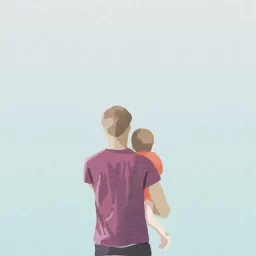
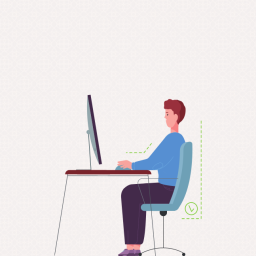



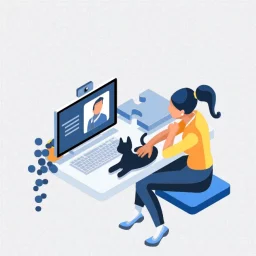
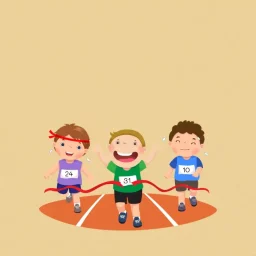


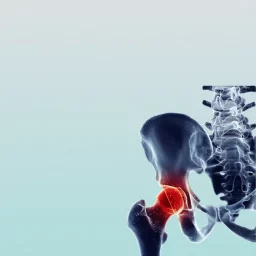
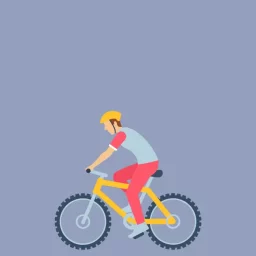

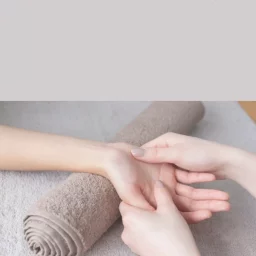
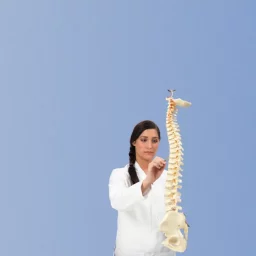
[…] in the pelvis, which can manifest as pain. For example, limited hip motion, related to shortened muscles, a stiff capsule, or cartilage or bony deformity can lead to compensatory motion in lumbar and […]
[…] rounded shoulders with a slouching posture […]
[…] Children Our Spine and Its Curves By CURAVITA Health Team Children Chiropractic Curavita Massage […]
[…] by a combination of factors, which include trauma to the jaw, injury to the head or neck, stress, poor posture, and arthritis. The TMJ is so closely related to our neck that indirect trauma to the neck (like […]